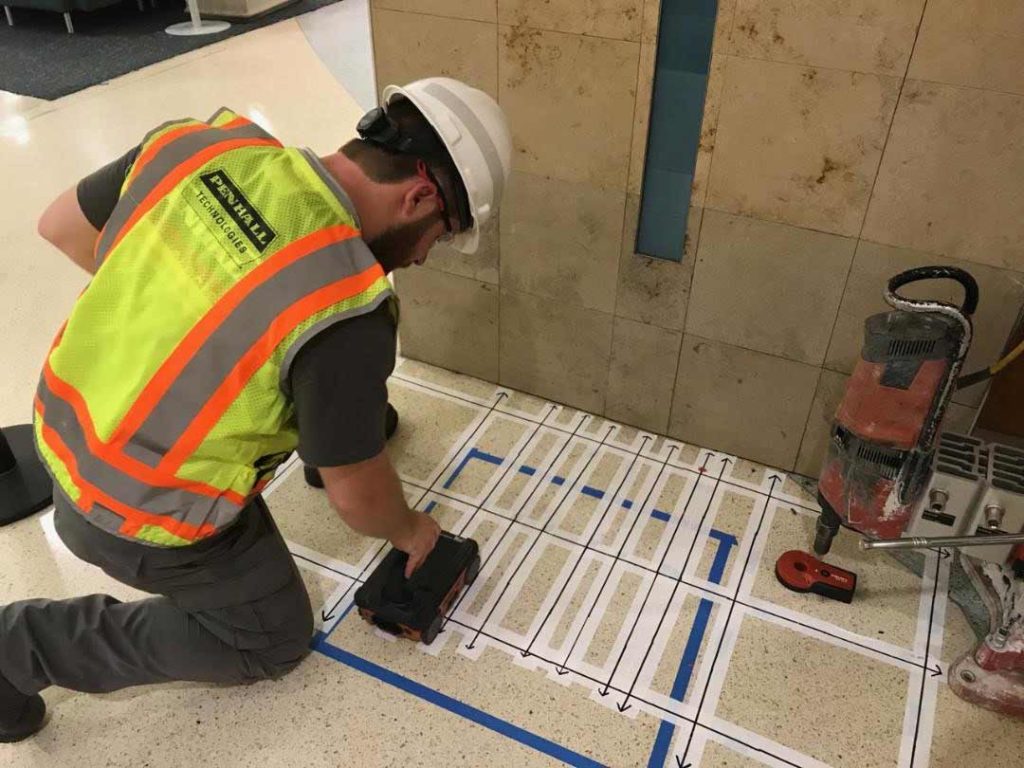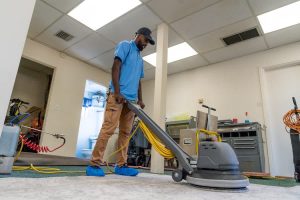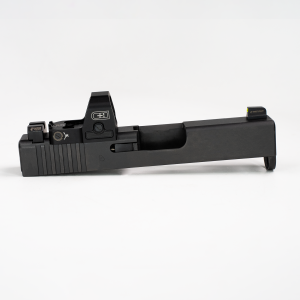Why GPR Concrete Scanning Is Essential Before Drilling or Cutting

Introduction to GPR Concrete Scanning
GPR concrete scanning is a critical technology in modern construction that ensures safety, precision, and efficiency before any drilling or cutting activity begins. GPR concrete scanning helps detect hidden elements within concrete structures, such as rebar, post-tension cables, pipes, and conduits. Without GPR concrete scanning, construction workers risk hitting these embedded objects, which can cause severe structural damage or even accidents. For contractors in high-standard projects, GPR concrete scanning guarantees that every cut or hole is made safely. The use of GPR concrete scanning not only minimizes potential hazards but also saves time and money by preventing costly mistakes. By employing GPR concrete scanning before drilling or cutting, professionals can locate obstacles with high accuracy, reducing the chance of rework. In UAE’s construction sector, where quality and safety are paramount, GPR concrete scanning has become an indispensable step in project planning. Whether it’s for residential, commercial, or industrial projects, GPR concrete scanning ensures that all underground or embedded structures are mapped clearly before any physical work begins.
Understanding How GPR Concrete Scanning Works
GPR concrete scanning uses radar technology to transmit electromagnetic waves into concrete surfaces. When these waves encounter materials of different densities—like metal rebar, PVC conduits, or air voids—they reflect back, creating detailed images of the internal structure. This allows technicians to visualize what’s hidden within concrete slabs in real-time. The versatility of GPR concrete scanning makes it suitable for identifying metallic and non-metallic objects alike. By analyzing the reflected signals, specialists can mark safe zones for cutting or drilling without compromising the structure. GPR concrete scanning eliminates guesswork and ensures that operations proceed with precision. It’s a non-destructive, efficient, and reliable method for assessing subsurface conditions in buildings, bridges, and infrastructure projects across the UAE.
Importance of GPR Concrete Scanning Before Drilling or Cutting
1. Preventing Structural Damage
Before cutting or drilling, GPR concrete scanning helps identify rebar and tension cables embedded in the concrete. Striking these elements without prior scanning can weaken the entire structure, leading to cracks or collapse. GPR concrete scanning ensures that all reinforcements remain intact during modification work.
2. Ensuring Worker Safety
Safety is paramount on any construction site. GPR concrete scanning prevents accidental contact with electrical conduits or post-tension cables that could cause electric shocks or severe injuries. Detecting these hidden hazards beforehand ensures a safe working environment for everyone on site.
3. Reducing Costly Repairs
When embedded elements are damaged during drilling, repair costs can escalate quickly. GPR concrete scanning helps avoid unnecessary expenses by identifying obstacles in advance, ensuring precision cuts and preventing expensive rework or downtime.
4. Enhancing Project Efficiency
By providing accurate subsurface mapping, GPR concrete scanning allows teams to plan effectively and execute work faster. It reduces delays caused by unexpected obstructions and ensures that drilling and cutting are performed accurately the first time.
5. Maintaining Structural Integrity
Every structure relies on the integrity of its reinforced concrete. GPR concrete scanning ensures that structural components remain undisturbed, maintaining the strength and durability of the building throughout its lifespan.
Applications of GPR Concrete Scanning in the UAE
GPR concrete scanning is widely used across various sectors in the UAE. In residential buildings, it helps locate reinforcement bars before installing new fixtures. In commercial projects, GPR concrete scanning is essential before coring holes for plumbing or electrical systems. For large-scale infrastructure projects such as bridges, tunnels, and airports, GPR concrete scanning ensures compliance with safety and engineering standards. It also aids in post-construction inspections and maintenance by identifying hidden voids or cracks that may affect long-term stability. With UAE’s rapid urban development, GPR concrete scanning has become a standard procedure that supports sustainable and safe construction practices.
Why Choose Us for GPR Concrete Scanning Services
Highly Skilled Team
Our technicians are trained professionals with extensive experience in performing accurate GPR concrete scanning. We understand the complexities of construction projects in the UAE and deliver dependable results every time.
State-of-the-Art Equipment
We use the latest radar technology for our GPR concrete scanning services. Our equipment provides high-resolution imaging to ensure that even the smallest embedded elements are detected with precision.
Safety-Oriented Approach
We prioritize safety above all else. Our GPR concrete scanning ensures that your team can work confidently, knowing that all potential hazards have been identified and marked clearly before cutting or drilling.
Comprehensive Reports
After every scan, we provide detailed visual data and analysis. Our reports include depth readings, object locations, and marked diagrams that simplify decision-making for engineers and contractors.
Reliable Service Across the UAE
Whether your project is in Dubai, Abu Dhabi, Sharjah, or anywhere else in the Emirates, we deliver fast, professional, and reliable GPR concrete scanning services tailored to your needs.
Benefits of Using GPR Concrete Scanning Before Drilling
GPR concrete scanning brings multiple advantages to construction sites. It improves safety by preventing accidents, saves time by reducing unplanned delays, and minimizes financial losses caused by damaged reinforcements. Additionally, it provides accurate and immediate data without damaging the structure. With GPR concrete scanning, engineers can work with confidence, ensuring the quality and stability of the building remain uncompromised. It also enhances compliance with UAE’s construction safety standards, which are among the strictest in the region. Using GPR concrete scanning demonstrates a commitment to professionalism and quality workmanship in every project.
Frequently Asked Questions (FAQs)
1. What is GPR concrete scanning?
GPR concrete scanning is a non-destructive testing method that uses radar waves to detect and map embedded objects within concrete structures before cutting or drilling.
2. Why is GPR concrete scanning important before drilling?
It prevents hitting hidden rebar, conduits, or cables, reducing the risk of structural damage, costly repairs, and safety hazards on construction sites.
3. How accurate is GPR concrete scanning?
GPR concrete scanning is highly accurate and can detect metallic and non-metallic objects with precise depth measurements, typically within a few millimeters.
4. Is GPR concrete scanning safe for the environment and workers?
Yes, it is completely safe. GPR concrete scanning uses low-frequency radar signals that are harmless to humans and cause no environmental harm.
5. How long does a typical GPR concrete scanning project take?
The duration depends on the size and complexity of the area being scanned, but most scans are completed within a few hours, with immediate on-site results available.
Conclusion
GPR concrete scanning is an essential step before any drilling or cutting operation. It provides unmatched accuracy, ensuring that all embedded structures remain undisturbed and that the work proceeds safely and efficiently. For UAE construction sites where precision and safety are crucial, GPR concrete scanning is not just recommended—it’s a necessity. By choosing our professional GPR concrete scanning services, contractors can protect their workforce, avoid costly delays, and ensure that every project meets the highest standards of quality and safety.




